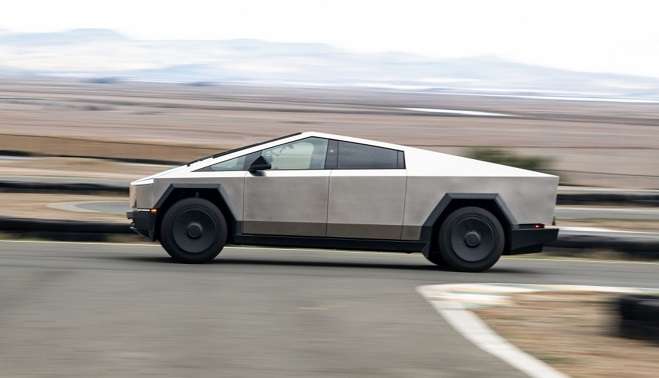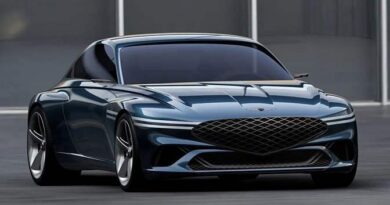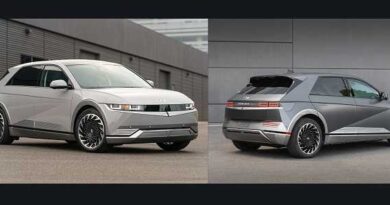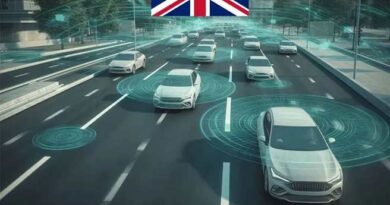The disappointing autonomy of Cybertruck in the first test
The disappointing autonomy of Cybertruck in the first test
Tesla’s electric pickups are already starting to roll off the assembly line. Consumers are beginning to conduct their first experiments, some of which have unexpected outcomes.
Over four years have passed since Elon Musk unveiled the many features of his first electric pickup, with the most noteworthy being that it had an exceptional range of over 800 km. However, the American tycoon’s demands have proven challenging for Tesla engineers to satisfy throughout development.

The Tesla Cybertruck has been driving throughout the United States for a few weeks now. The first and luckiest clients do the initial tests under real-world circumstances, and the results could be more encouraging in many cases.
The CEO of Tesla declared to the four winds the advent of a new generation of batteries, the now-famous 4680 cells, a year after Musk himself announced the coming of the Cybertruck. Similar to the truck, the initial findings were quite positive. While not quite meeting expectations, excellent performance and autonomy statistics have been available for some time. The world is aware that Tesla is experiencing issues with its cutting-edge batteries, and the company has even gone so far as to ask its partners for assistance in boosting their capacity. They are present in the Tesla cybertruck, which might account for some poor performance.
The first autonomy results disappoint
As we have already said, the Cybertruck has already been delivered for the first time. Nearly two million people are thought to be on the lengthy waiting list, but many of them are the last in the queue and will still have to wait a long time to obtain their valuable electric vehicle.
Presently, Tesla provides a more costly special launch edition, and anybody wishing to avoid the lineup will have to shell up the over 100,000 euros that Austin residents want for it—not to mention the numerous other possibilities.
A range extender is among them. Tesla installs a supplementary battery to increase the pickup’s usable range for the first time. Only with this costly option—$16,000—can one approach the initial 2019 statistics, which you may recall were 800 kilometers of autonomy. We now know that the Cybertruck, equipped with its Hyperbeast configuration and without the assistance of a second battery, can boast an authorized range of 320 miles, or 515 km, based on the EPA cycle (United States). This is made possible by the Cybertruck’s massive 122.4 kWh battery. This is the version that the well-known YouTube channel Out of Specs has tested.
It has been a straightforward test. Once you have the Cybertruck, drive it at 70 mph (113 km/h) until the battery runs out entirely. Eight degrees Celsius is the outdoor temperature under test circumstances. The electric pickup traveled 254 miles (409 km) and then stopped altogether after several hours of driving—a far lesser amount than anticipated and authorized. Yes, the cold may have had a significant role in the range loss, but honestly, everyone was expecting much more from a car that has generated so much buzz in the past several years. We will undoubtedly soon witness another testing of this type under various conditions.
Related Post



